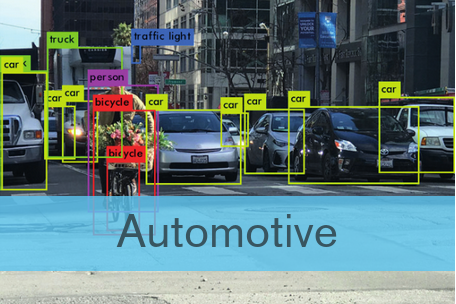Introducing SAFEXPLAIN:
Safe and Explainable Critical Embedded Systems based on AI
Objectives
To improve the explainability and traceability of DL components
To provide clear safety patterns for the incremental adoption of DL software in Critical Autonomous AI-based Systems (CAIS)
To integrate the SAFEXPLAIN libraries with an industrial system-testing toolset
To create architectures of DL components with quantifiable and controllable confidence, and that have the ability to identify when predictions should not be released based on applicability’s scope or security concerns
To design, implement, or update selected representative DL software libraries according to safety patterns and safety lifecycle considerations, meeting specific performance requirements on relevant platforms
Deep Learning (DL) techniques are key for most future advanced
software functions in Critical Autonomous AI-based Systems (CAIS) in
cars, trains and satellites. Hence, those CAIS industries depend on their
ability to design, implement, qualify, and certify DL-based software
products under bounded effort/cost
Case studies
Railway: This case studies the viability of a safety architectural pattern for the completely autonomous operation of trains (Automatic Train Operation, ATO) using intelligent Deep Learning (DL)-based solutions.
Space: This case employs state-of-the-art mission autonomy and artificial intelligence technologies to enable fully autonomous operations during space missions. These technologies are developed through high safety-critical scenarios.
Halfway through the project, RISE hosts consortium in Lund
SAFEXPLAIN consortium meets halfway through the project at RISE venue in Lund With the first 18 months of the project behind it, the SAFEXPLAIN consortium met in Lund from 16-17 April to discuss project status and next steps for the next 18 months. Great strides have...
Exploring AI-specific redundancy patterns
AI-generated image of object detection for automotive Artificial intelligence, and more specifically, Deep Learning algorithms are used for visual perception classification tasks, like camera-based object detection. For these tasks to work, they need to identify the...
Challenges and approaches for the development of Artificial Intelligence (AI)-based Safety-Critical Systems
SAFEXPLAIN was invited to give a presentation on the “Challenges and approaches for the development of Artificial Intelligence (AI)-based Safety-Critical Systems" at the Instituto Tecnológico de Informática and the Politechnic University of Valencia. The presentation...
SAFEXPLAIN at ERTS 2024
SAFEXPLAIN will present at the 2024 Embedded Real Time System Congress, to be held in Toulouse, France from 11-12 June 2024. More details coming soon! In the meantime, check out the conference programme for more information on the 12th edition of this Congress. ERTS...





